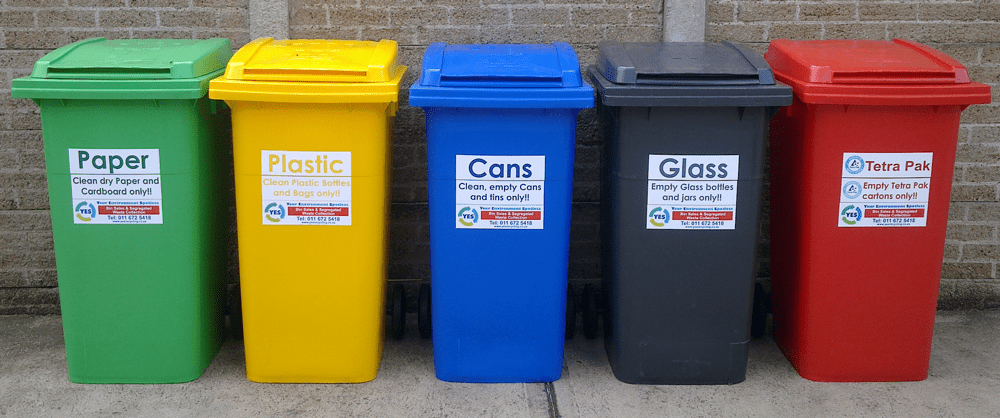
The Eco-Conscious Lifestyle: A Secret Revealed
Living an eco-conscious lifestyle isn't just a trend; it's a movement gaining momentum across America. From reducing waste to supporting sustainable businesses, individuals are embracing practices that benefit both the planet and future generations.
Understanding Eco-Conscious Living
At its core, an eco-conscious lifestyle involves making mindful choices that minimize harm to the environment. It encompasses various aspects of daily life, including consumption habits, transportation choices, and energy usage. By prioritizing sustainability, individuals aim to reduce their carbon footprint and preserve natural resources for the long term.
Embracing Sustainable Practices
One of the keys to living eco-consciously is adopting sustainable practices in everyday life. This can include simple actions like recycling, composting, and reducing single-use plastics. Additionally, choosing energy-efficient appliances and conserving water can significantly decrease environmental impact. By making these small changes, individuals contribute to a larger collective effort to combat climate change and protect the planet.

Incorporating eco-friendly products into daily routines is another crucial aspect of living sustainably. From biodegradable cleaning supplies to organic skincare products, there are numerous options available to consumers looking to minimize their environmental impact. By supporting businesses that prioritize sustainability, individuals can align their purchasing power with their values and promote positive change in the marketplace.
Navigating the Green Marketplace
Navigating the green marketplace can be overwhelming, with countless brands claiming to be eco-friendly. To make informed choices, consumers should look for certifications and labels that indicate a product's sustainability credentials. For example, products certified by organizations like the Forest Stewardship Council (FSC) or the USDA Organic seal signify adherence to strict environmental standards.
Additionally, researching companies' environmental policies and practices can provide insight into their commitment to sustainability. Supporting businesses that prioritize ethical sourcing, fair labor practices, and environmental stewardship helps drive demand for eco-friendly products and encourages industry-wide change.
Building Eco-Friendly Communities
While individual actions are important, the power of collective effort cannot be overstated. Building eco-friendly communities is essential for creating lasting change on a larger scale. From neighborhood clean-up events to community gardens, there are countless ways for individuals to come together and make a positive impact on their local environment.
One example of a successful eco-friendly initiative is the growth of community-supported agriculture (CSA) programs. These programs connect consumers directly with local farmers, promoting sustainable farming practices and reducing the carbon footprint associated with food transportation. By supporting local agriculture, communities not only gain access to fresh, seasonal produce but also strengthen ties with the farmers who steward the land.

Overcoming Challenges
Transitioning to an eco-conscious lifestyle is not without its challenges. From budget constraints to lack of accessibility, there are obstacles that individuals may face along the way. However, overcoming these challenges is possible with determination and resourcefulness.
One way to address budget constraints is to prioritize investments that offer long-term savings and environmental benefits. While eco-friendly products may have a higher upfront cost, they often provide savings over time through reduced energy consumption and lower maintenance needs. Additionally, seeking out affordable alternatives, such as DIY solutions or second-hand items, can help make sustainable living more accessible to everyone.
Moreover, advocating for policy changes at the local, state, and national levels can help create a supportive environment for eco-conscious living. By lobbying for measures like renewable energy incentives, recycling programs, and sustainable transportation options, individuals can work towards systemic change that benefits both people and the planet.
The Power of Small Actions
In conclusion, the secret to an eco-conscious lifestyle lies in the power of small actions. While the challenges of climate change may seem daunting, every individual has the ability to make a difference through their daily choices. By embracing sustainable practices, supporting eco-friendly businesses, and building strong communities, we can create a more resilient and sustainable future for generations to come.
FAQs
Q: What exactly is an eco-conscious lifestyle?
A: An eco-conscious lifestyle involves making mindful choices that minimize harm to the environment, such as reducing waste, conserving energy, and supporting sustainable products and practices.
Q: How can I incorporate sustainable practices into my daily life?
A: There are many ways to live more sustainably, including recycling, composting, reducing single-use plastics, conserving water and energy, and supporting eco-friendly businesses.
Q: How can I tell if a product is truly eco-friendly?
A: Look for certifications and labels indicating sustainability credentials, such as the Forest Stewardship Council (FSC) or USDA Organic seal. Additionally, research companies' environmental policies and practices.
Q: What are some examples of eco-friendly initiatives in communities?
A: Community-supported agriculture (CSA) programs, neighborhood clean-up events, and community gardens are examples of successful eco-friendly initiatives that promote sustainable living on a local level.
Q: What are some common challenges people face when transitioning to an eco-conscious lifestyle?
A: Budget constraints, lack of accessibility, and resistance to change are common challenges. However, these can be overcome with determination, resourcefulness, and advocacy for supportive policies.
Q: How can I make eco-conscious choices on a budget?
A: Prioritize investments that offer long-term savings and environmental benefits, seek out affordable alternatives, and advocate for policy changes that support sustainability.
Q: What is the collective impact of individual actions in promoting sustainability?
A: While individual actions may seem small, they add up to create significant change when multiplied across communities and society as a whole. Every eco-conscious choice makes a difference in building a more sustainable future.


0 Comments